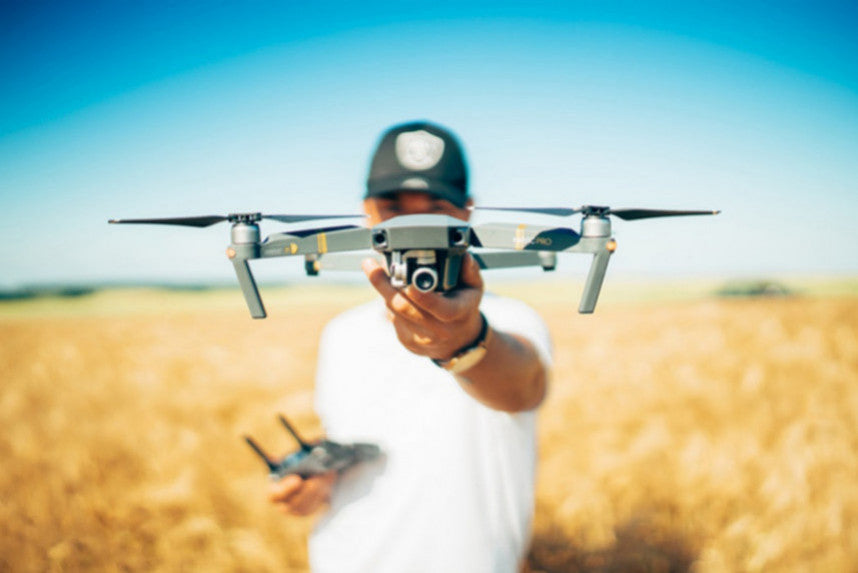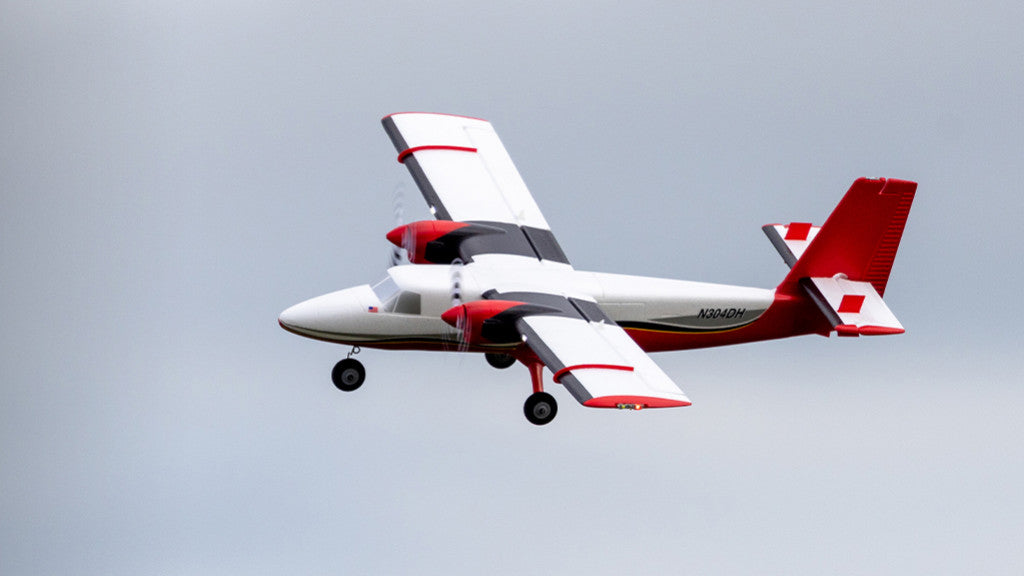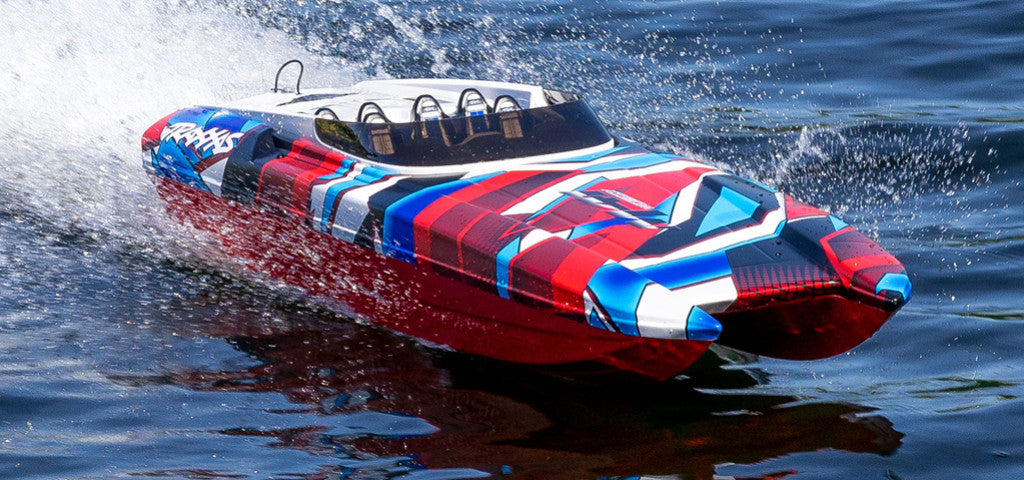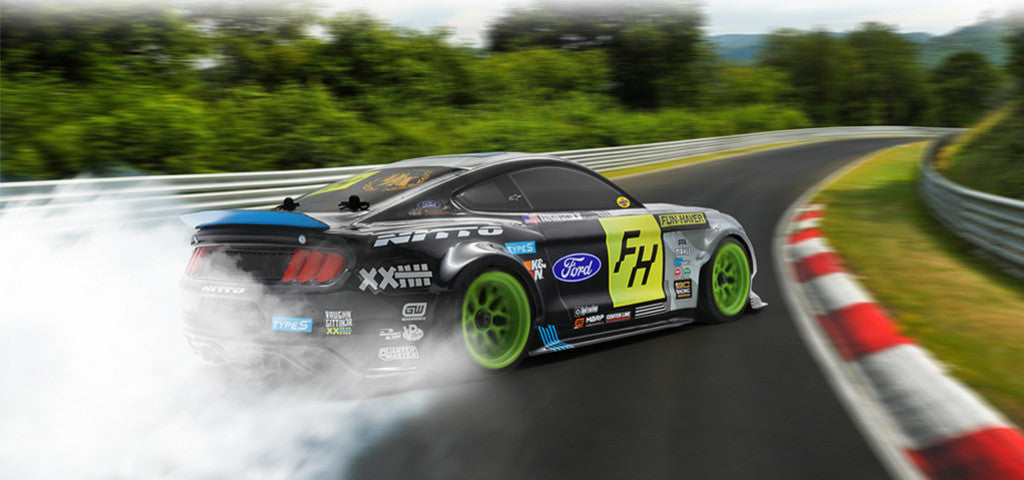The vocabulary of RC modeling
To be able to choose the best radio-controlled car and the spare parts necessary to optimize your model, it is essential to know the vocabulary of RC. We will explain the main terms used in modeling .
Names of radio-controlled cars
- Buggy : All-terrain vehicle designed for speed and jumps, particularly suited to driving on dirt.
- Crawler : All-terrain vehicle with very long travel suspensions, relatively slow and designed for crossing obstacles.
- Truggy : All-terrain vehicle easier to control and more comfortable with jumps but slower than a Buggy.
Acronyms on products
- RTR or RTF : This acronym means Ready To Run for RTR and Ready To Fly for RTF. An RTR or RTF is an ideal scale model for beginners because it is sold fully assembled and painted. Depending on the manufacturer, the charger and batteries are included or not.
- ARTR or ARF : These are Almost Ready to Run or Almost Ready to Fly models. The vehicle is not always assembled and the electronics or the radio assembly (receiver & transmitter) may be missing. You must read the description carefully.
- KIT : The vehicle is sold in separate parts without engine, without electronics and without the radio assembly. The kits are mainly aimed at experienced modelers.
The lexicon around radio control
- Radio assembly : Refers to all the electronic components necessary to control a radio-controlled vehicle: receiver and transmitter.
- Tx transmitter : Also called radio, remote control or remote control, this is the box which will convert our gestures into electronic signals.
- Rx receiver : The receiver is fixed in the vehicle, it will receive the signals emitted by the transmitter and transmit the commands to the car.
- Bind : Procedure generally described in the manual and which consists of binding the transmitter and the receiver.
- Track : Corresponds to a function of the RC vehicle. The radio controls have 2 minimum channels: the first for the steering and the second for the throttle.
- Channel mixing : Mainly used in aeromodelling to combine several functions in a single action.
- Range : Corresponds to the maximum distance between the transmitter and the receiver before losing control of your vehicle.
- Frequency : This is the channel that radio waves use to communicate with the receiver.
Some technical elements
- Transmission Ratio : Corresponds to the gear ratio of the engine in relation to the wheels.
- Differential : This is an element of the transmission, which improves handling when cornering by allowing the right and left wheels to rotate at different speeds.
- One Way Rolling : Allows the car to continue to coast when the throttle is off.
- Brushed Motor : External rotor motor that uses carbon to transfer electric current to both polarities. It is cheap but lacks power and requires a lot of maintenance.
- Brushless motor : External rotor motor supplied with current by the controller. It is more powerful and has better efficiency than the coal engine.
Other terms useful for modeling
- Finished Body : Means that the body is ready for use, i.e. it is sold painted and decorated.
- Lexan : Flexible and resistant transparent plastic which is used in certain bodywork.
- Batteries : Refers to rechargeable batteries used in model making.




